In a world where advanced asanas and intricate flows often steal the spotlight, the transformative power of basic yoga poses can sometimes go unnoticed.
But ask any seasoned yoga instructor, and they’ll tell you: that mastery of the fundamentals is the true secret to long-term progress.
For students, especially beginners, basic poses are much more than an entry point—they are the cornerstone of their yoga journey.
They teach alignment, cultivate strength, and deepen the connection between the body and breath. Yet, in the rush to introduce complex sequences or visually impressive postures, yoga teachers sometimes overlook the hidden depth of these foundational movements.
The truth is, revisiting the basics can profoundly impact student growth.
When teachers slow down to focus on these poses, they empower their students to practice safely, confidently, and with a greater sense of mindfulness. This article dives into why basic yoga poses matter more than you might think and how you can harness their power to unlock progress for your students.
Why Basic Yoga Poses Are the Foundation of Success
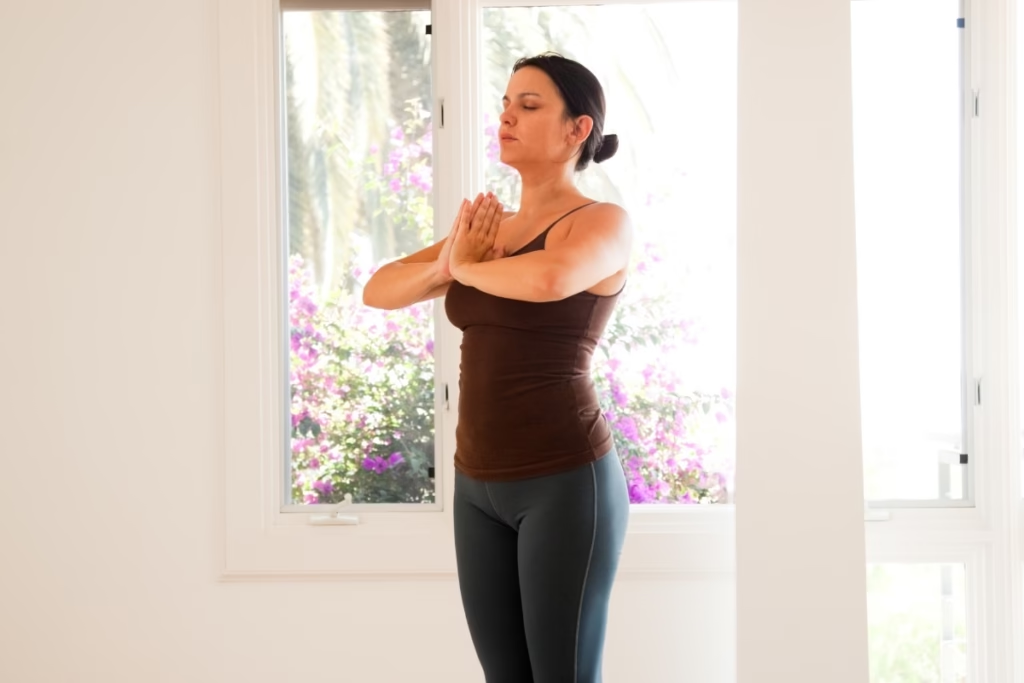
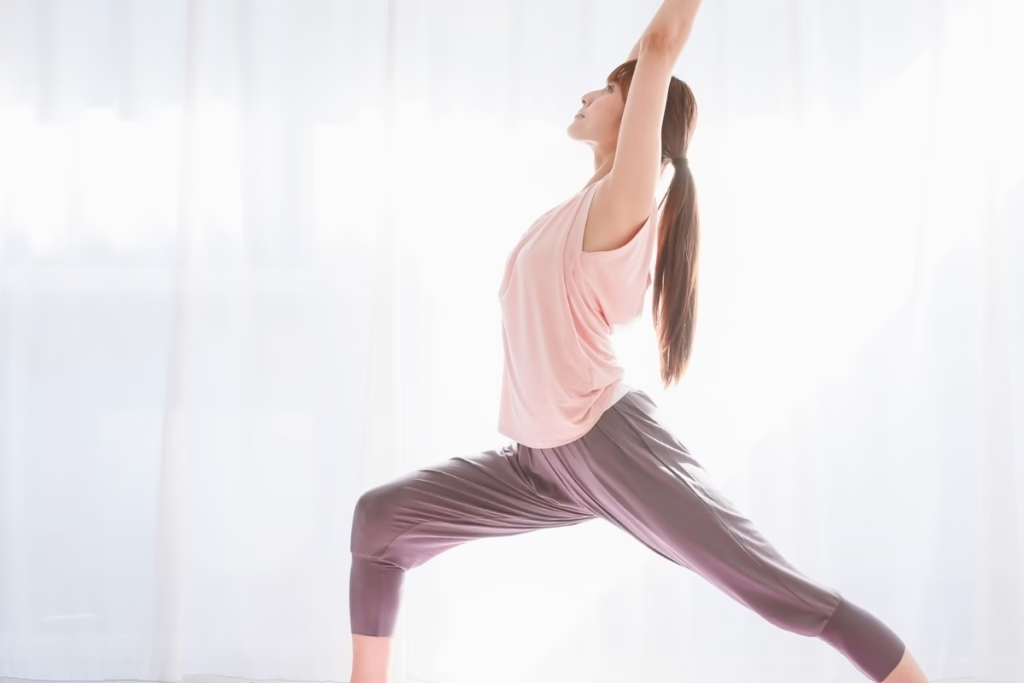
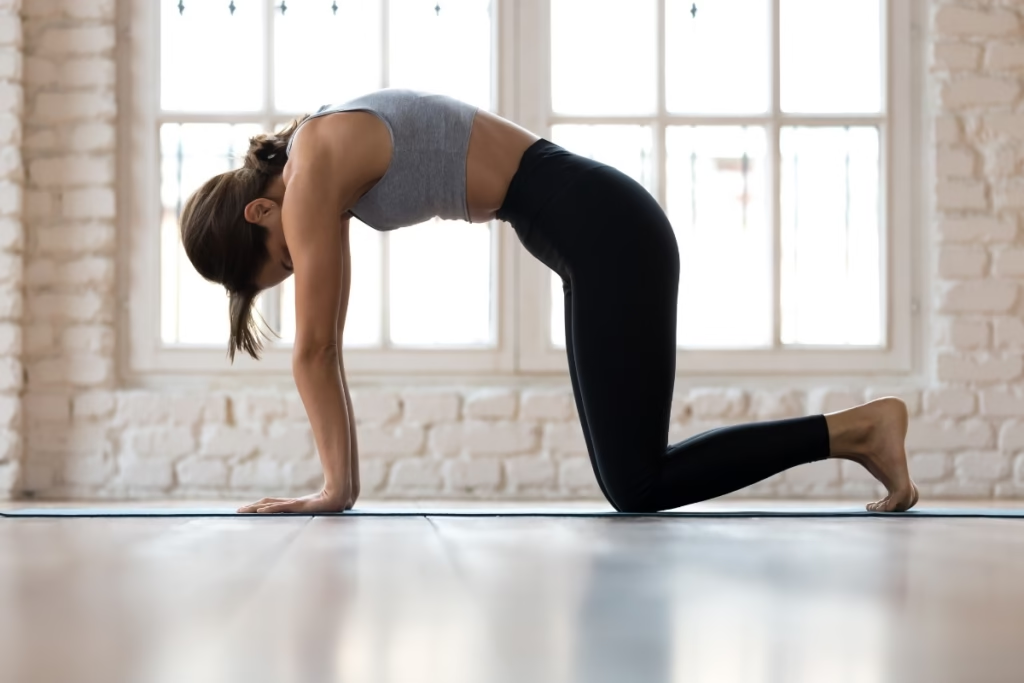
Basic yoga poses like Mountain Pose (Tadasana), Warrior I (Virabhadrasana I), and Cat-Cow Stretch (Marjaryasana-Bitilasana) may seem straightforward, but they hold profound lessons that extend to every corner of a student’s practice.
These poses teach critical skills such as:
- Alignment Awareness: Proper alignment in basic poses minimizes the risk of injury and creates a strong foundation for tackling more advanced asanas.
- Strength Development: Core engagement, balance, and stability all begin with these simple poses.
- Mindful Breathing: Basics allow students to focus on synchronizing movement with breath, anchoring them in the present moment.
When teachers treat these poses as more than a warm-up or stepping stone, they open the door to transformational growth.
What Teachers Often Miss
The biggest pitfall for yoga instructors is assuming that students have “graduated” from basic yoga poses after a few sessions.
In reality, these poses deserve continuous attention and refinement. Here are three areas where basic poses are often overlooked:
- Subtle Misalignments:
In even the simplest poses, students may unknowingly develop misalignments—like uneven weight distribution, overarched lower backs, or collapsed arches in the feet. These small issues might seem harmless but can accumulate into discomfort or long-term strain. Teachers should frequently check and correct these details, helping students build solid, injury-free foundations. - Overlooking Active Engagement:
“Basic” doesn’t mean “effortless.” Foundational poses like Mountain Pose (Tadasana) require active engagement of multiple muscle groups, from the feet grounding into the mat to the thighs lifting and the core stabilizing. Without this engagement, students miss out on the full benefits of the pose and lose the opportunity to cultivate strength and awareness. - Neglecting the Breath:
Basic poses provide the perfect opportunity to teach students how to synchronize breath and movement. Yet, many students hold their breath, especially when concentrating, or fail to breathe deeply. Teachers should emphasize consistent, intentional breathing as a cornerstone of practice, ensuring students stay relaxed and connected. - Lack of Transition Awareness:
Transitions between poses are often overlooked, with focus placed solely on the asana itself. However, transitions are just as important for building strength, balance, and mindfulness. For example, moving from Plank to Downward Dog requires careful alignment and steady control. Teachers can use these moments to help students maintain awareness and prevent injury. - Underestimating Emotional Impact:
Basic poses may seem physically simple, but they can evoke profound emotional responses, especially in beginners. For example, a deep stretch in Child’s Pose can bring up vulnerability, while the grounding sensation of Tadasana might instill a sense of confidence. Instructors who acknowledge these emotional layers and hold space for students can create a more supportive and enriching experience.

How to Teach Basic Yoga Poses with Intention
To ensure your students truly benefit from foundational poses, consider these strategies:
1. Reframe Basics as Fundamentals
Start by shifting your perspective—and your students’. Instead of referring to these as “basic” poses, call them “fundamental” or “essential.” Emphasize that they are the bedrock of a sustainable yoga practice, not something to be outgrown.
2. Refine Your Cueing
Precision matters. Instead of general instructions like “stand tall,” break the pose down into actionable steps. For example, in Mountain Pose:
- “Press down evenly through all corners of your feet.”
- “Engage your thighs to lift your kneecaps.”
- “Relax your shoulders while reaching through the crown of your head.”
These detailed cues help students activate parts of their body they might otherwise overlook.
3. Encourage Props and Modifications
Props aren’t just for beginners—they’re tools for everyone.
Using blocks, straps, or bolsters can help students find proper alignment and make basic poses more accessible. For example, placing a block under the hips in Garland Pose (Malasana), or any simple seated pose allows students to experience the pose without straining their knees or lower back.
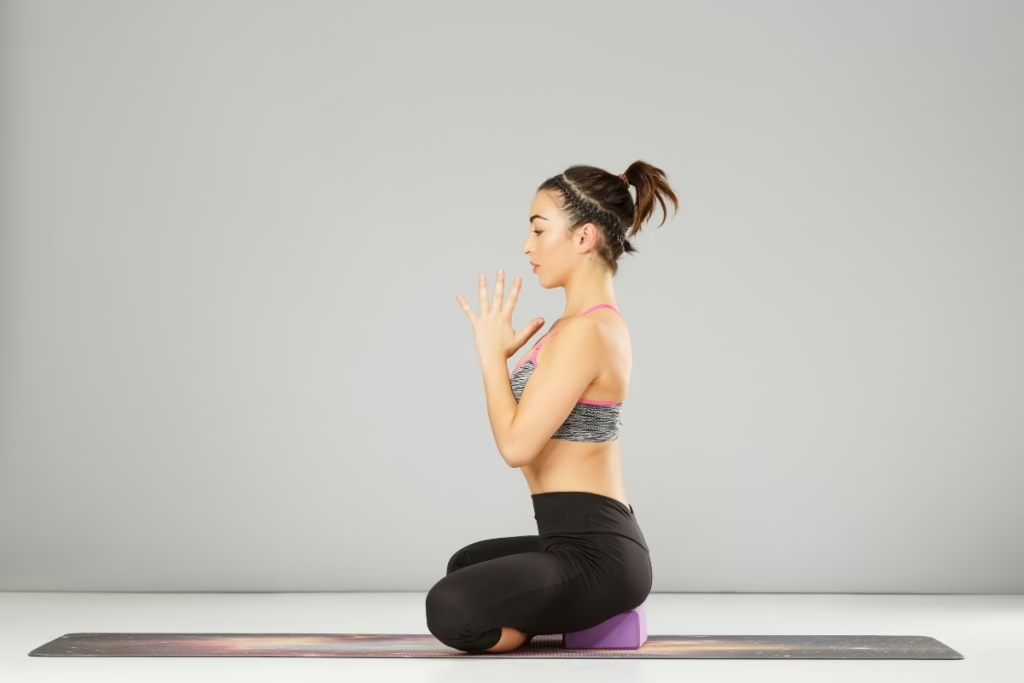
Once they’ve developed a strong connection to these basics, you can introduce them to complementary styles like couple yoga poses to encourage connection and playfulness, or the soothing practices of yin yoga poses and restorative yoga poses to deepen their sense of relaxation and mindfulness. These approaches not only enhance their physical practice but also enrich their overall yoga experience.
4. Highlight the Connection to Advanced Poses
Help students see the progression from basic to advanced poses. For instance:
- Mastering Plank Pose prepares the body for Chaturanga.
- A strong Warrior I leads to greater stability in Warrior III.
- Practicing Cat-Cow enhances the mobility needed for upward-facing and downward-facing flows.
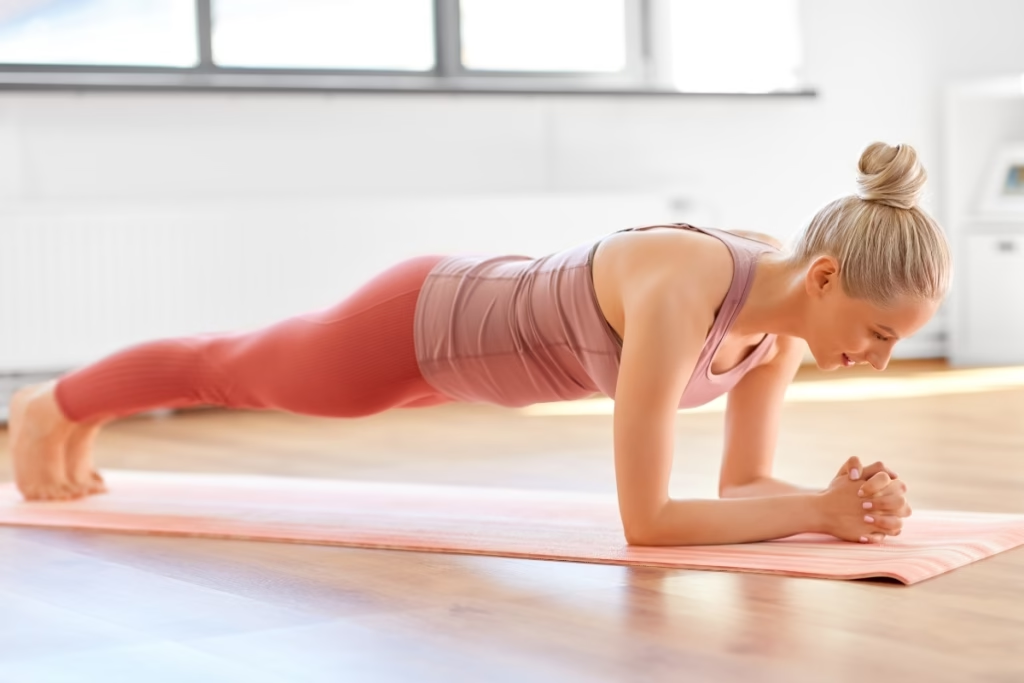
5. Teach Breath Awareness
Remind students that breath is just as important as alignment. Use basic poses as an opportunity to guide them in connecting movement with inhalations and exhalations. This practice not only supports their yoga journey but also helps manage stress and cultivate inner peace.
The Transformative Power of Basics
The beauty of focusing on foundational poses lies in the moments of self-discovery they create.
A student who finds stability in Tree Pose for the first time, or who suddenly feels the grounding strength of Warrior II, begins to understand that yoga isn’t just about what the body can do—it’s about how the practice makes them feel.
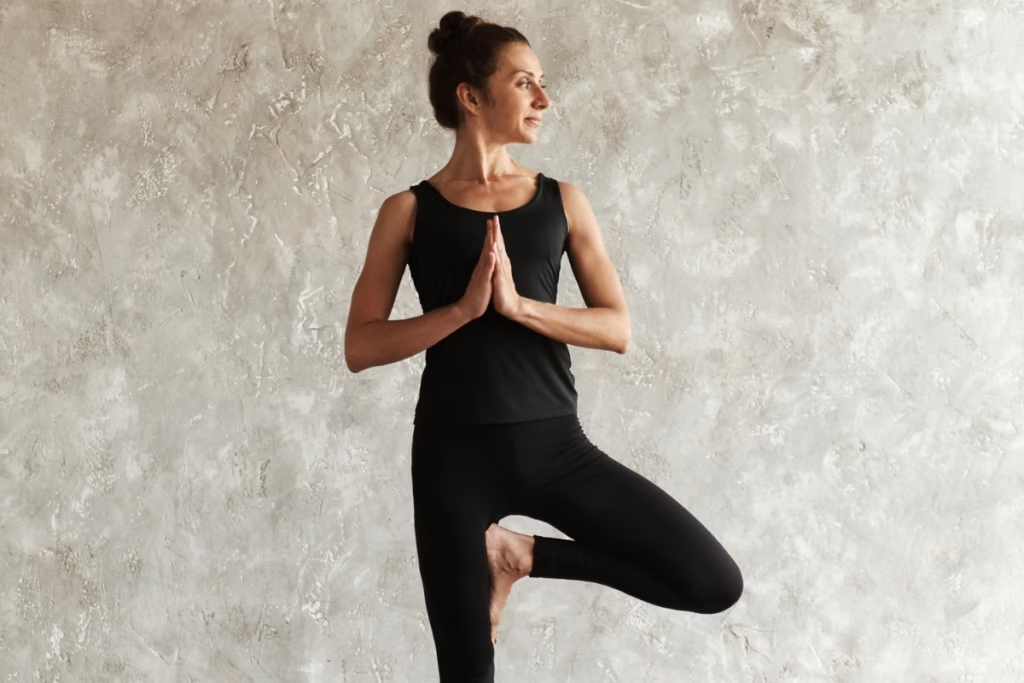
By revisiting basic yoga poses, you give your students permission to slow down, tune in, and grow with intention. You remind them that progress isn’t measured by how advanced a pose looks but by the awareness and presence they bring to their practice.
Final Thoughts: Small Steps, Big Transformations
As yoga instructors, we have the privilege of guiding our students through a journey of growth. By dedicating time and care to teaching basic yoga poses, we provide them with the tools to progress confidently and sustainably. Eventually, this may inspire them towards exploring advanced yoga poses.
Remember, mastery is built on a solid foundation. Don’t underestimate the value of simplicity—it’s in these seemingly small steps that your students find their greatest transformations.
Ready to deepen your teaching practice and make a lasting impact? Enhance your teaching with our Yoga Deck, designed to help you build transformative class sequences, and explore our Journal for expert tips, resources, and insights to take your instruction to the next level.


